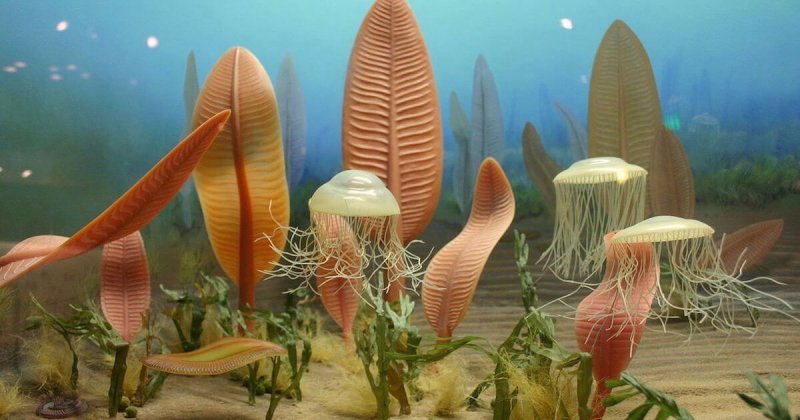Scientists have long sought to determine what caused the Cambrian explosion, and to explain why animal life didn’t take this step at any point about a billion years earlier. The most popular narrative puts oxygen front and center.
…
[M]any researchers argue that this suggests low oxygen availability had been holding greater complexity at bay — that greater amounts of oxygen were needed for energy-demanding processes like movement, predation and the development of novel body plans with intricate morphologies. “It’s a very attractive, intuitive explanation,” said Nicholas Butterfield, a paleobiologist at the University of Cambridge. “And it’s wrong.”..
According to his theory, changes in environmental conditions weren’t the cause, but rather the consequence, of animals migrating and perturbing their surroundings.
…
In a paper published in the January issue of Geobiology, Butterfield braided fluid dynamics and ecology to present his case for animals driving oxygenation instead of the other way around. First, he argued, if there was enough oxygen to power unicellular eukaryotes 1.6 billion years ago — which was indeed the case — then there would have been enough to run a whole assortment of animals.
…
As for what may have happened millions of years ago during the Cambrian — “Well, at this point the relationship between oxygen and animals is clear,” [geologist Timothy] Lyons said, “but it goes back to the classic chicken-or-the-egg argument.”
Read full, original post: Complex Animals Led to More Oxygen, Says Maverick Theory































